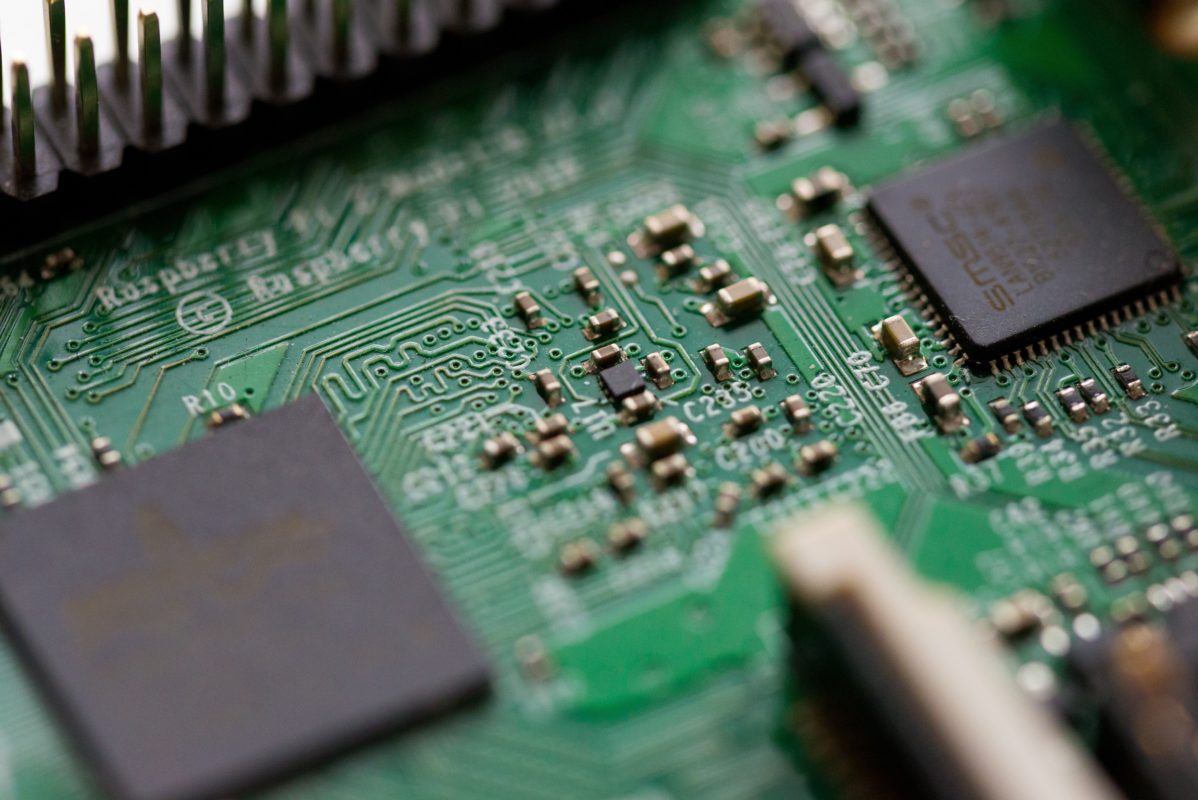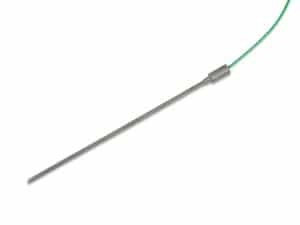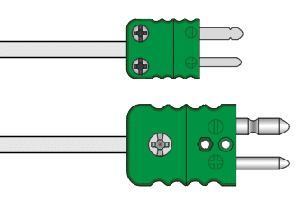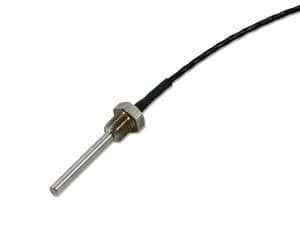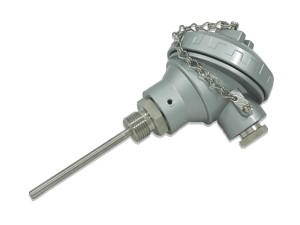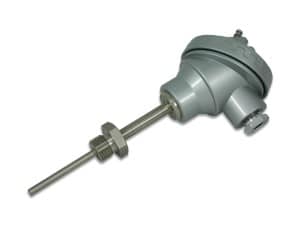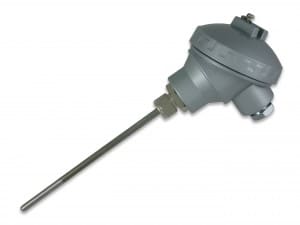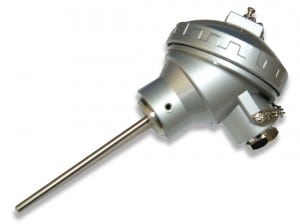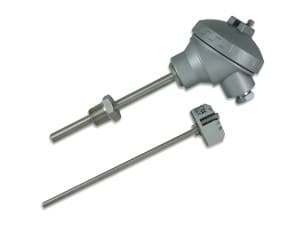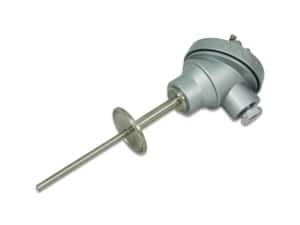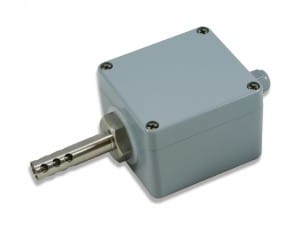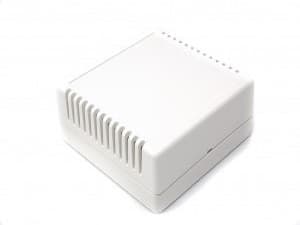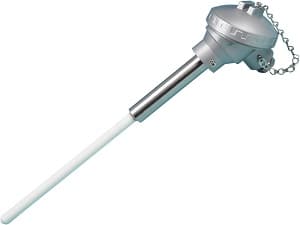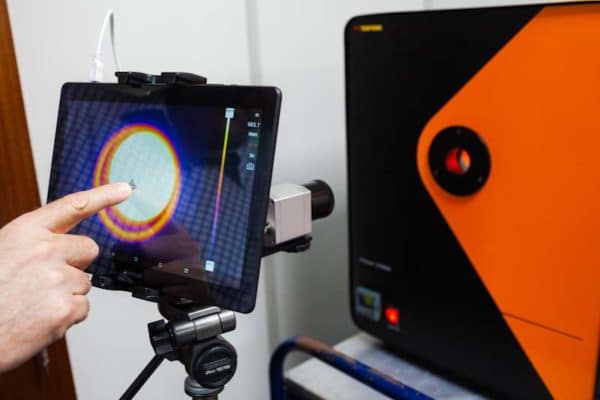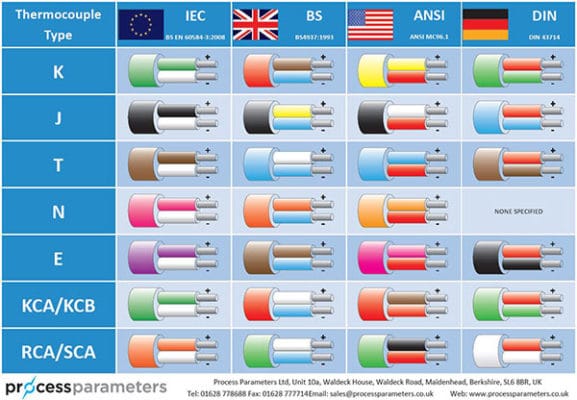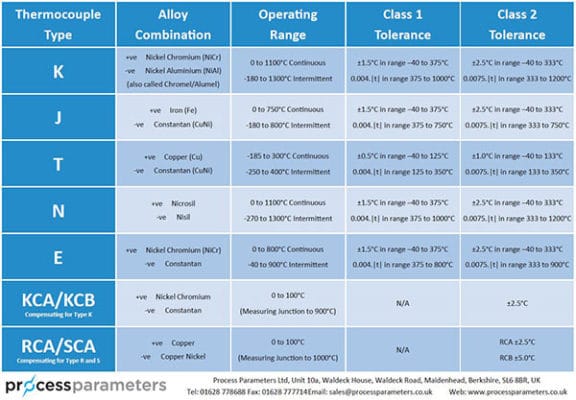Leading Thermocouple Supplier
Process Parameters are one of the top thermocouple manufacturers in the UK and can manufacture sensors to suit your design or application.
A thermocouple is a device for measuring temperature. It comprises two dissimilar metallic wires joined together to form a junction. When the junction is heated or cooled, a small voltage is generated in the electrical circuit which can be measured and this corresponds to temperature.
In theory, any two metals can be used to make a thermocouple but in practise, there are a fixed number of types that are commonly used. They have been developed to give improved linearity and accuracy and comprise specially developed alloys.
Thermocouples can be made to suit almost any application. They can be made to be robust, fast responding and to measure a very wide temperature range.
To learn more about Thermocouples then scroll down.

